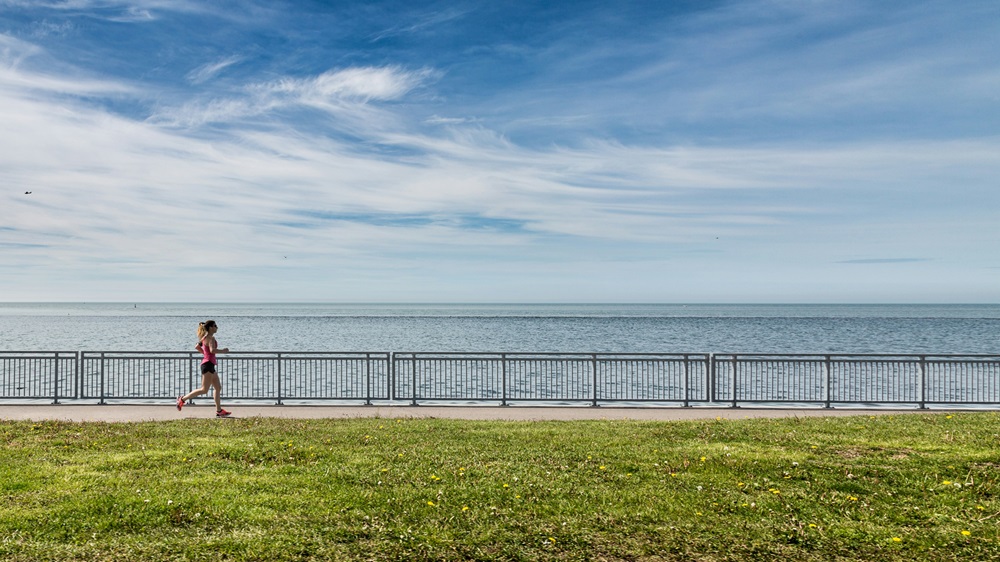
Advancing healthcare spaces – smart glass technology in ‘healing architecture’ designs
Healing architecture, or therapeutic architecture, is an approach in the design of buildings and spaces that focuses on improving the wellbeing and health of users, especially in medical environments such as hospitals and clinics. The main goal of this approach is to create an environment that supports the recovery process of patients through the application of thoughtful architectural and engineering solutions.
Designers who apply the principles of healing architecture strive to create spaces that naturally promote health by maximizing the use of natural light, minimizing noise, optimizing airflow, and providing access to nature and green spaces. Such an environment is believed to not only speed up the recovery but also reduce stress among both patients and medical staff, which translates into a higher quality of healthcare.
Natural light and smart glass in the design of therapeutic spaces
Natural light plays a crucial role in “healing architecture,” contributing to the creation of a therapeutic environment that can stimulate the healing process. Access to natural light is associated with many benefits, such as mood enhancement, regulation of circadian rhythms, and a better sense of time and space, which is particularly important in hospital environments where patients spend a lot of time in enclosed spaces.
Smart glass, also known as electronically dimmable film for windows, is an innovative solution that allows the use of natural light while giving users control over privacy and the amount of light that enters. It enables the change of glass transparency from clear to opaque and vice versa using an electric current. This solution can be particularly useful in hospital rooms, where patients’ needs for privacy and access to natural light often change.
The use of smart glass in healing spaces is more than just aesthetics, it’s a strategic choice that affects the wellbeing of patients and the efficiency of staff. Properly designing spaces with this technology can contribute to creating an environment that is not only functional but also therapeutic.
The impact of natural light on patients’ health
Natural light has a significant impact on the health of patients in a medical environment. Its presence in healthcare facilities is crucial for promoting the health and well-being of both patients and staff. Natural light affects various aspects, including:
- Regulating the circadian rhythm.
- Improving mood and reducing the risk of depression.
- Shortening recovery time and reducing the need for medication.
- Facilitating vision and spatial orientation.
- Supporting the production of Vitamin D.
Therefore, the conscious use of natural light in the design of healing spaces has a wide range of health benefits and is a key element in supporting the treatment and recovery of patients.

Maximizing the benefits of natural light through the use of smart glass
The application of smart film, especially in the context of medical facilities, brings a range of benefits that maximize the positive impact of natural light on patients’ health:
- Regulation of light exposure – Glass film allows for precise control over the amount of natural light entering a room, which is vital for patients requiring specific lighting conditions for healing.
- Ensuring privacy – The film allows for a transition from transparency to opacity, providing privacy without losing access to daylight.
- Protection from UV – Window film often filters out harmful UV radiation, protecting patients and staff from the negative effects of excessive sun exposure.
- Energy efficiency – By reducing the need for artificial lighting and air conditioning, window film can contribute to lower energy consumption in medical facilities.
- Thermal comfort – Window film can help maintain a stable temperature in rooms, which is important for patient comfort and the effectiveness of healing processes.
Optimization of healing spaces using SONTE smart film
The integration of large windows and SONTE film in architectural designs requires a strategic approach that begins with a thorough analysis of the location. Architects should consider the building’s orientation in relation to the sun to optimally utilize natural light while minimizing the need for shading and ensuring thermal comfort inside. SONTE film can play a key role here, allowing for the regulation of light and privacy without the need for physical coverings, which is especially useful in the diverse usage scenarios of hospitals and other healthcare facilities.
Designing spaces so that large windows harmonize with SONTE film requires not just spatial modulation but also integration with building management systems. Automating the control of SONTE film, depending on external and internal conditions, can significantly impact energy efficiency and user comfort. This approach not only supports energy conservation but also contributes to creating an environment that promotes the health and well-being of patients.
See more
Unusual spaces ,Intelligent solutions
How long does SONTE film installation take, and can it be done yourself?
SONTE film – installation time, DIY options, and minimum size requirements. Check out the key information about installation and usage of SONTE film.
Intelligent solutions ,Hotel
Seamless layovers – Why microhotels are the new travel trend and what role does smart glass play?
Discover the phenomenon of microhotels and their growing popularity among travelers. Learn how comfortable and functional accommodation, along with advanced smart glass technology, contribute to efficiency and comfort in travel. See how innovations, including SONTE liquid crystal film, provide privacy and a modern design.
Intelligent solutions
SONTE Smart film as a projection screen
Crafting a space that harmonizes with its environment can pose dilemmas. SONTE Smart Liquid Crystal Film emerges as the solution to these challenges.